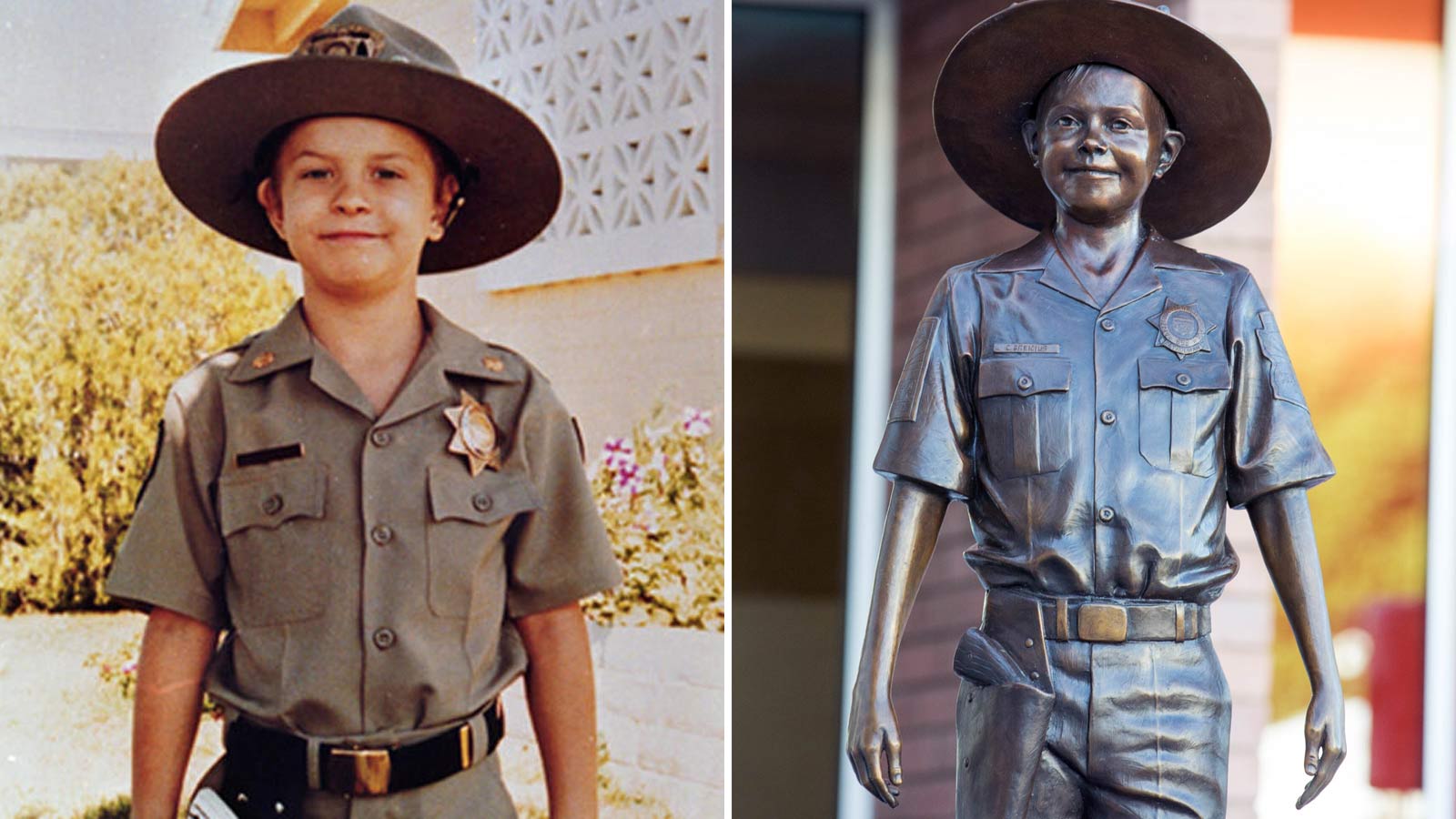We aren’t winning 40-year war on drugs
Apr 5, 2013, 12:52 PM
In 1971, President Richard Nixon first declared a national “war on drugs,” asking for $84 million as he told Congress that drug abuse had “assumed the dimensions of a national emergency.” President Ronald Reagan re-affirmed a national commitment in 1982, declaring “illicit drugs to be a threat to U.S. national security.”
According to Senate Judiciary Committee chairman Patrick Leahy, the war hasn’t gone all that well. “I think we have spent tens of billions, hundreds of billions of dollars on the so-called War on Drugs. Well, we’ve lost.”
For perspective, some 22.5 million Americans ages 12 or older (8.75 percent of the population) used illicit drugs in 2011, with 3 million using them for the first time.
According to a recent Wall Street Journal article by Gary S. Becker and Kevin M. Murphy, both economics professors at the University of Chicago and senior fellows of the Hoover Institution at Stanford University, the senator’s projections are low.
“The direct monetary cost to American taxpayers of the war on drugs includes spending on police, the court personnel used to try drug users and traffickers, and the guards and other resources spent on imprisoning and punishing those convicted of drug offenses. Total current spending is estimated at over $40 billion a year,” they said.
Forty years ago on March 22, 1973, the National Commission on Marijuana and Drug Abuse (sometimes referred to as the “Shafer Commission” after its chairman, former Pennsylvania Gov. Raymond P. Shafer) issued its final report. Eric Sterling re-visited the commission’s report on the anniversary of its release. He noted the commission stated, “A coherent social policy requires a fundamental alteration of social attitudes toward drug use, and a willingness to embark on new courses when previous actions have failed.”
Sterling further quotes the study, “Unless present policy is redirected, we will perpetuate the same problems, tolerate the same social costs, and find ourselves as we do now, no further along the road to a more rational legal and social approach than we were in 1914.”
He then analyzes, “We didn't redirect policy, but the problem is hardly the same — it is much worse! Drug overdose death rates are more than three times greater than they were when President Reagan kicked off his war on drugs in 1982.”
One of the fundamental problems that Sterling observes is our inability to create policies and programs that actually stem the tide of drug use. He cites Congress's reaction to the death in 1968 of basketball player Len Bias by cocaine overdose. A national outcry led to “hasty” legislation that created lengthy mandatory minimum drug sentences.
The outcome wasn’t necessarily what Congress wanted. Becker and Murphy report, “The total number of persons incarcerated in state and federal prisons in the U.S. has grown from 330,000 in 1980 to about 1.6 million today. Much of the increase in this population is directly due to the war on drugs and the severe punishment for persons convicted of drug trafficking. About 50% of the inmates in federal prisons and 20% of those in state prisons have been convicted of either selling or using drugs.”
Many felt “cracking down” on these criminals would begin to solve the problem. The results have actually been much different. The lengthy mandatory sentences often steal the lives of offenders. “Many minor drug traffickers and drug users who spend time in jail find fewer opportunities for legal employment after they get out of prison, and they develop better skills at criminal activities.”
Sterling puts it this way, “No one foresaw how profound the impact of seven million drug felony convictions would be upon the work force, family stability and structure, and the national and local economies. When millions of men can't work because of their drug conviction their families break up. And the impact on our consumer driven economy of this lost productivity and earning capacity is almost incalculable.”
“Cracking down” on the addict or drug user is not the same as helping the user. “The laws … enacted were never designed to protect the health and safety of drug users,” points out Sterling. Nor, as it turns out, the health, safety and finances of society or taxpayers.
We have made it more dangerous to be a drug dealer, and therefore more profitable. Becker and Murphy point out, “Prices of illegal drugs are pushed up whenever many drug traffickers are caught and punished harshly. The higher prices they get for drugs help compensate traffickers for the risks of being apprehended. Higher prices can discourage the demand for drugs, but they also enable some traffickers to make a lot of money if they avoid being caught, if they operate on a large enough scale, and if they can reduce competition from other traffickers. This explains why large-scale drug gangs and cartels are so profitable in the U.S., Mexico, Colombia, Brazil and other countries.”
They continue, “The large profits for drug dealers who avoid being caught and punished encourage them to try to bribe and intimidate police, politicians, the military and anyone else involved in the war against drugs. If police and officials resist bribes and try to enforce anti-drug laws, they are threatened with violence and often begin to fear for their lives and those of their families.”
We don’t have to look far for the results, Some 50,000 people have died since Mexico started its anti-drug campaign in 2006.
The Shafer Commission said, “The Commission believes that the contemporary American drug problem has emerged in part from our institutional response to drug use. … We have failed to weave policy into the fabric of social institutions.”
Sterling is certain that as a big part of the problem, “We see this failure play out most clearly in families and schools. Consider that for almost forty years, roughly half of America's high school graduates have tried marijuana at least once. Yet this drug use takes place outside honest conversation between young people and their parents, teachers, coaches, etc. (many of whom probably used marijuana in high school or college). Drug policy has prevented the creation of a vocabulary for honest, non-emotional conversations with teenagers about use of marijuana and other drugs.”
He continues, “The 'institutional response' prevents teachers and counselors from listening to students discuss their drug use, or speaking to them in balanced terms about the scientific, medical or social aspects of drug use without being accused of 'condoning' drug use. Young people are denied accurate information from the authorities they otherwise trust. No wonder teenage drug use remains widespread and their behavior so often seems stupid and based on ignorance. Teenagers want to know the facts, but they know they won't get them at school and rarely at home.”
In the process of recovering from addiction, Roger Stark became a licensed addiction counselor and wrote the LDS recovery guide, “The Waterfall Concept, a Blueprint for Addiction Recovery.” He blogs at his recovery website www.waterfallconcept![]()








